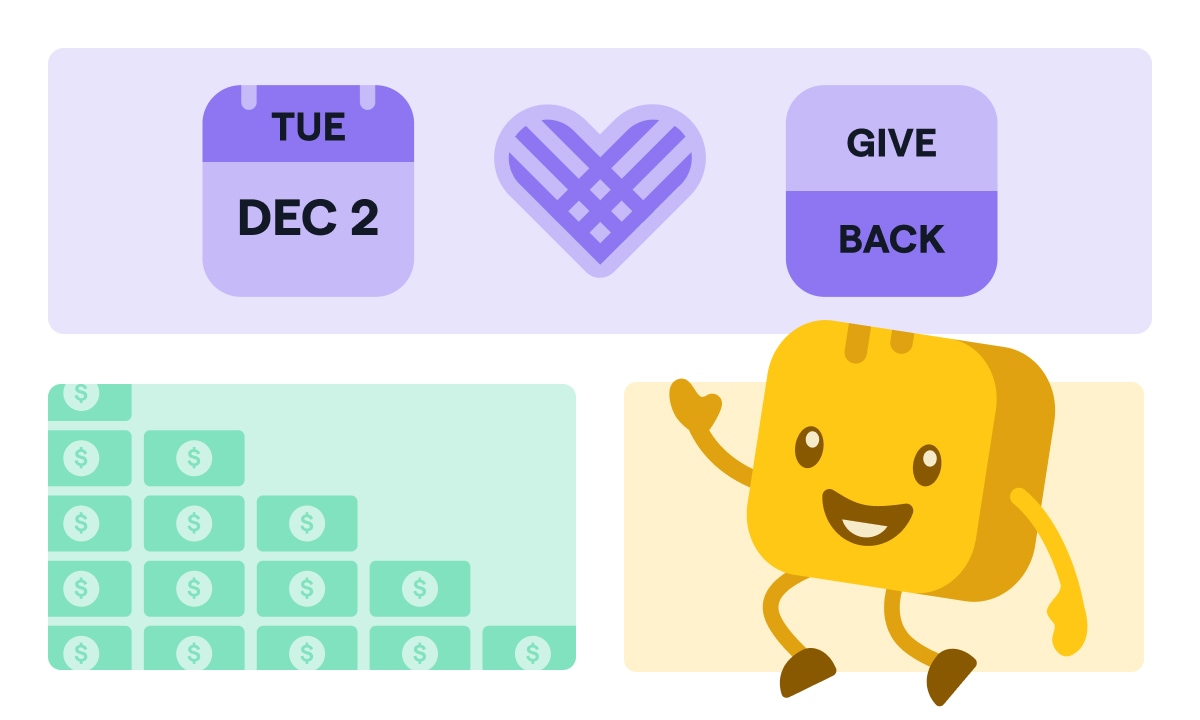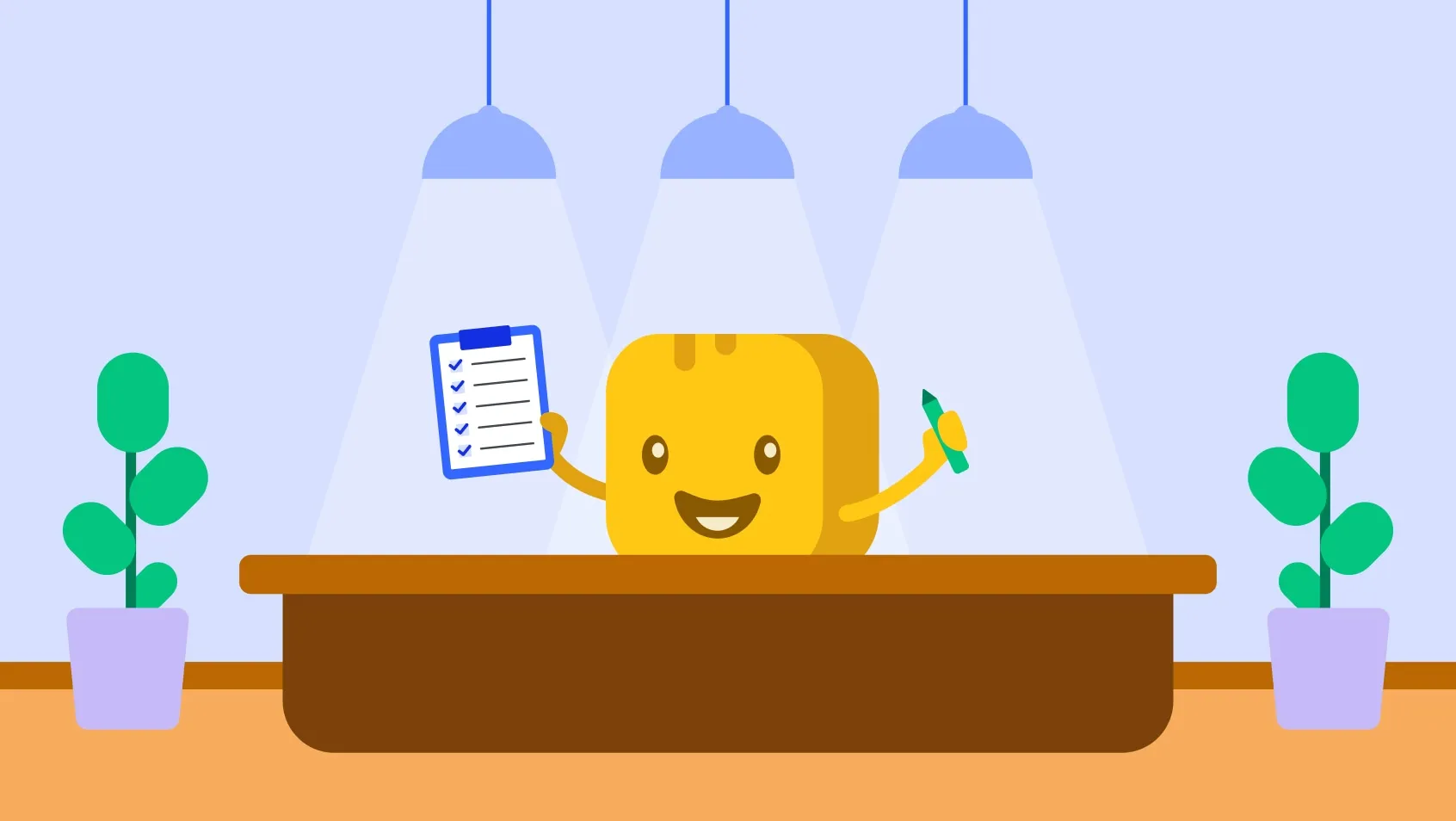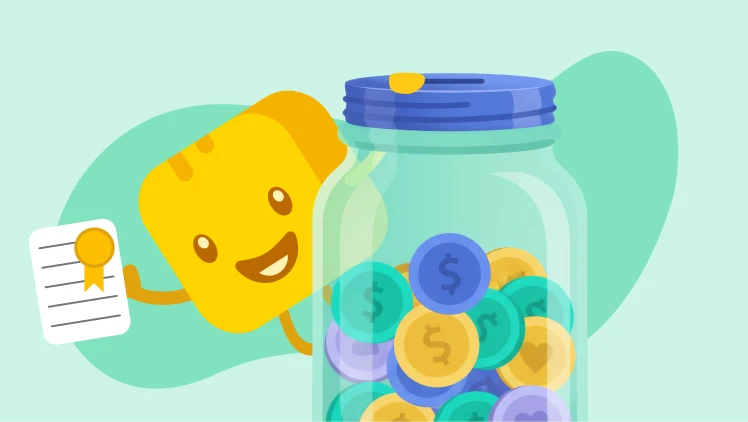Table of contents
Table of contents
Each year, nonprofits receive hundreds of billions of dollars in grants, with $103.53B coming from foundations alone.
The right grant can have a significant impact on your ability to reach your mission. For many organizations, grants aren’t just an additional source of funding—they’re a lifeline.
However, as valuable as grants are, the path to securing them can be complex. Grants come with approval processes, rules and guidelines, and reporting requirements. To access these funds, you first need to submit a winning grant proposal.
In this guide, we’ll walk you through how to write a grant proposal and share must-have tips to help your submission stand out to potential funders.
What is a grant proposal?
A grant proposal is a request for funding submitted to a grant-giving organization. While grant proposals are typically written documents, they can also include presentation slides or other supporting evidence.
Your proposal should be tailored to meet the specific rules and requirements of the grant-giving organization. It should clearly outline why your nonprofit needs the funding and how it’ll be used to support your mission.
How a grant could help your nonprofit organization
The biggest advantage of a grant can be described in two words: breathing room. Grants are a source of nonprofit funding that don’t require ongoing fundraising efforts or campaigns.
With 21% of total nonprofit giving coming from foundations, grants can provide crucial funding for any charitable organization.
Grant funding can be used in a number of ways. The funding organization may set some restrictions, but here are some areas where grants could support your nonprofit:
- General operating costs 🏢 Some grants help cover operating expenses, especially in the aftermath of natural disasters or other emergencies when organizations rush to support communities in need.
- Marketing and advertising 🎉 Many federal and government agency grants are designed to stimulate economic development and can be used to help cover marketing and advertising costs.
- Capital projects 🏗️ Large, unexpected costs like a new roof can put a major strain on your budget. These capital projects can often benefit from grant funding.
- Research 🥼 Certain organizations offer research grants to support valuable studies or evidence collection related to your cause.
- New initiatives 🌏 Grants from a private foundation or funding organization can help launch new programs or initiatives aimed at making a difference in your community.
⭐ Pro tip: Certain companies offer nontraditional grant programs to nonprofits. Look into Google Ad Grants and Microsoft Ad Grants to see if you can reach a wider audience with their grant opportunities.
How to write a grant proposal for nonprofit organizations: 9 steps to follow
Grants are a vital source of funding for nonprofit organizations, and it’s always worth applying for relevant opportunities when you find them.
Although there are many generous funding organizations out there, the competition for grants is still fierce. To stand out, you’ll need to craft a compelling proposal that clearly demonstrates why your organization is the right grant recipient.
Remember: Always refer to the grant giver’s instructions on what to submit as part of your proposal.
Writing a winning proposal is a step-by-step process. Here’s how to write a grant proposal for nonprofit funds in 9 simple steps.
1. Write a succinct cover letter ✔️
Every grant proposal should start with a cover letter, which should be short, sweet, and to the point. Make your cover letter no more than four paragraphs long, using space wisely.
Explain who you are, the funds you’re requesting, and why you need them. This is your first chance to signal to the funding organization that you’re an ideal match, so make it easy for them to want to continue reading.
2. Summarize your proposal 📝
After your cover letter, include a summary of your proposal. This section provides project descriptions, including how you plan to use the grant funds.
Your executive summary should highlight the key points of your proposal, serving as a roadmap for the reader. Include a table of contents to make it easy for the funder to find the information they need.
3. State your case 📣
Next, introduce who you are and the nonprofit you work for. This section should give the reader an insight into the organization and mission they would be supporting with the grant.
Share your nonprofit’s history and introduce your executive director, board members, or other key stakeholders. Highlight your track record of responsible fund usage and explain why you are the best fit for this funding opportunity.
4. Write your statement of need 📄
After introducing your organization, it’s time to explain why you’re seeking funding. Your problem statement, or statement of need, should outline the issue you’re addressing with this request.
In your statement, describe the problem you’re trying to solve in detail, using facts, data, and letters of support to evidence this need.
5. Explain your desired outcomes 🎉
The funding organization doesn’t just want to know how you’ll use the money—they want to understand what success will look like. Share your expected outcomes and explain how this funding will help achieve them.
List your initiatives and project goals for the upcoming year, with projections for the next few years if it’s a long-term project. Highlight how this grant can help you make a bigger difference or create change sooner.
⭐ Pro tip: Use nonprofit storytelling techniques, like individual impact stories and visuals, to demonstrate successes from past programs and support your case on a personal level.
6. Introduce your project plan 💼
Part of the nonprofit grant writing process involves explaining how you would allot the funds if you’re awarded them. This means you’ll need to prepare a project plan that assures the funding organization you can deliver.
Write from the perspective that the funding is secured, and outline exactly which activities or programs you’ll fund. Include project milestones, proposed launch dates, staff members, resources, and outcomes.
.png)
Build a powerful fundraising page today!
7. Create a proposed project budget ⚖️
Now it’s time for one of the most crucial elements of any funding request: the budget. A well-prepared budget helps the grantmaker see that you’ve carefully considered all costs and know how to manage the funds.
Calculate your project expenses, including materials, office or venue expenses, staff and consultant pay, and overhead. It’s also wise to include a contingency fund in case of cost increases or other unexpected challenges.
⭐ Pro tip: A strong and clear nonprofit budget signals to funders that you don’t just have a passionate need for funding, but you also know how to make a practical, lasting impact. Use storytelling and data together to illustrate why you’re the ideal grant recipient.
8. Look ahead for long-term stability 🌲
An effective grant proposal shows how the funds will support your mission in the short term and provide stability over the long term. Include a statement that shows that awarding a grant now helps secure the future of your nonprofit and the impact you make on your community.
Explain how you’ll use these funds not just as a temporary solution but to further your mission and create lasting change. Investing in staff training, a new building, or community resources are all ways to show that you’re serious about the future.
9. Review your proposal ✏️
Finally, take your grant proposal through a full review process before you submit it. This isn’t just about catching any awkward typos—it’s your final opportunity to ensure your mission, goals, and passion are communicated clearly.
Send your grant proposal to team members, an external editor, or a consultant for review. Ask them to identify any mistakes and suggest ways to make your proposal stronger.
Once you’ve incorporated their feedback, give your entire proposal one last read-through. You’re now ready to submit! 🎉
Download your free grant proposal template
Don’t start from scratch every time you need to submit a grant proposal.
Use this sample nonprofit grant proposal template, which includes all the essential sections, along with tips to guide you in crafting a winning grant proposal.
Top dos and don’ts of grant writing
Grant writing for nonprofits isn’t just about knowing what to include—it’s also about following some basic dos and don’ts.
Whether it’s your first time writing a proposal or you’re an experienced grant writer looking for fresh ideas, here are our must-have rules on how to write a successful grant proposal.
✅ DO focus on building a relationship: Try to make personal connections at the organization that is awarding the grant. Send an email or letter of inquiry (LOI) to introduce yourself and play an active role in the process, balancing staying visible with respecting your contact’s time.
✅ DO make your proposal reader-friendly: Structure your grant proposal in a way that’s easy to read with skimmable content, plenty of white space, and short sentences. The best test for reader-friendliness? Read your proposal out loud. You’ll immediately know where it’s clunky or needs improvement.
✅ DO give yourself time to prepare your materials: Every funder will have its own set of requirements and instructions. Especially for state and federal grants, treat all instructions as sacred and never deviate from them. If anything is unclear, reach out to the grantor for clarification.
✅ DO review samples of grant proposals for nonprofits: If you can, look for examples of grant proposals for nonprofits. Compare the structure, storytelling, and impact to your own and consider where you can make improvements.
❌ DON’T gloss over why you’re the organization for this task: Make sure your grant proposal clearly states not just why your nonprofit is great in general but why it’s the right organization for this specific grant funding opportunity. Demonstrate how you’re unique and why nobody else can make the impact you can.
❌ DON’T overlook the funder’s priorities: You’re passionate about what you do, but don’t let that affect how clear your proposal is. Review the grant documents to understand how applications are scored and what the funder cares most about, so you can submit a highly relevant and more successful application.
❌ DON’T feel pressured to apply for every grant at once: Focus on the funding opportunities that are the closest match first, so you can put your energy into writing one successful application rather than a handful of less impressive ones.
❌ DON’T lose sight of your mission, values, and goals: Chasing dollars is tempting, but no grant or project should compromise your values and mission. Avoid applying for grants that fund programs misaligned with your nonprofit’s goals.
Where to find nonprofit grant opportunities
Grant funding can provide a much-needed injection of funds for a specific program or capital project, but how do you find grants in the first place?
Check these sources regularly to help your organization secure funding:
- Grants.gov: In the United States, over 1,000 grant programs across 26 federal agencies award more than $500B annually.
- GrantWatch: As a database of new funding opportunities for nonprofits, GrantWatch is an invaluable resource.
- Google: Search engines can also help you find funding opportunities. Create an alert with specific parameters so you receive a notification the second a new grant is announced.
- Grant management firms: Many local firms award community grants to small businesses and nonprofits of all sizes.
Start writing your best grant proposal yet
A grant can help cover operating expenses, launch new programs, or fund a capital campaign.
The first step in being awarded funding is to write a compelling grant application. Use this guide to write and submit a grant request that demonstrates you’re the right organization to make a difference with those funds.
Grant writing takes time and effort, but the right tools can streamline the process. Free up time to craft stronger proposals by centralizing your fundraising activities with an all-in-one platform like Givebutter. With fundraising pages, auctions, events, and more, it’s easier than ever to stay organized and fundraise successfully.
Sign up for free today and discover how Givebutter can help your nonprofit build a more sustainable future.
FAQs: Top questions on grant proposals for nonprofits
Still have questions? We’ve got answers to the most frequently asked questions about grant proposals.
What are the 5 R’s of grant writing?
The 5 R’s of grant writing stand for readiness, research, relationships, writing, and reporting.
These are the five stages of the grant proposal process you should work through to craft a compelling proposal.
How do you write a strong grant proposal?
Writing a strong grant proposal is all about following the grant requirements, demonstrating a good understanding of budgets and figures, and conveying your passion for the project.
A combination of these elements shows the grant funder that you’re prepared, capable, and committed to making an impact.
What is the hardest part of grant writing?
The hardest part of grant writing is often time. Finding suitable opportunities, reviewing requirements, and writing a compelling proposal all require significant effort.
If you’re a small organization, focus on highly relevant grant opportunities so you can use your time wisely.
How many hours does it take to write a grant?
Writing a grant proposal can take 10-30 hours, depending on the complexity of the funding requirements and the amount of research and preparation needed.
Some funders may have extensive rules and guidelines, which can add even more time to the process.
.svg)






%20(1).png)


















